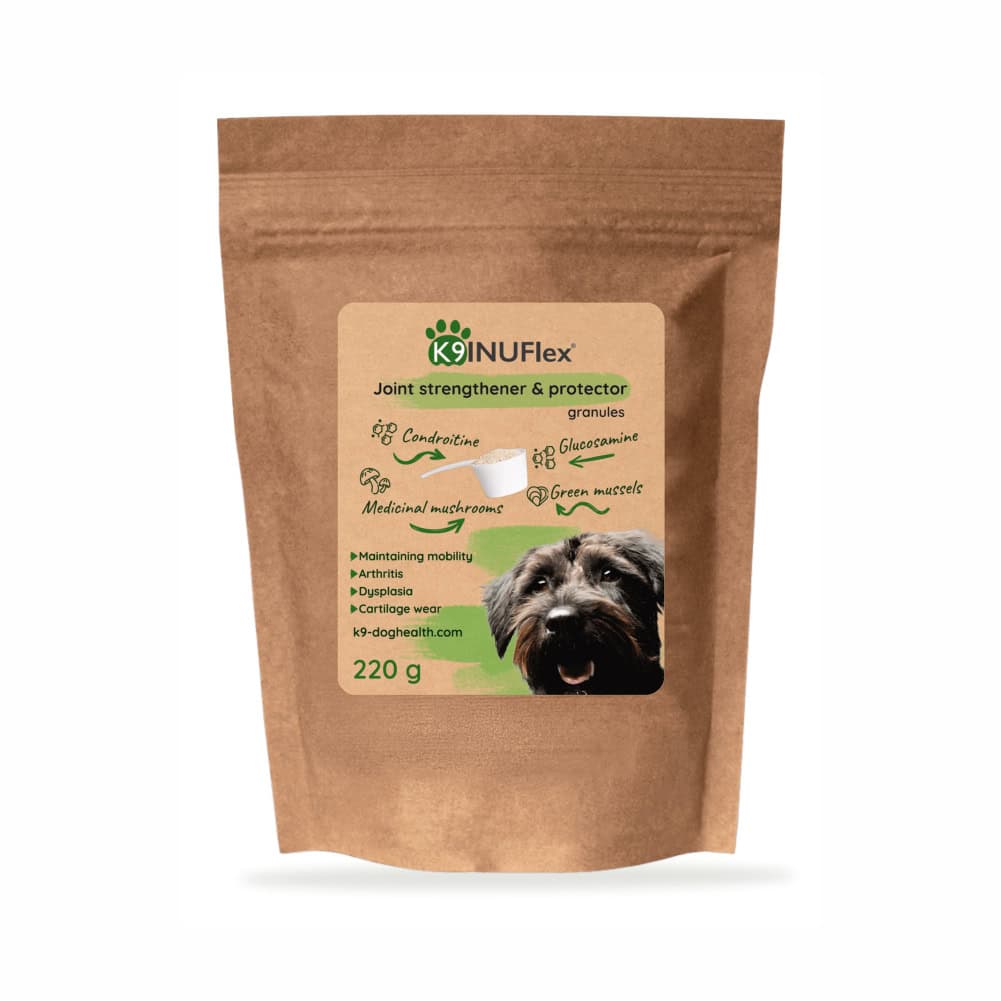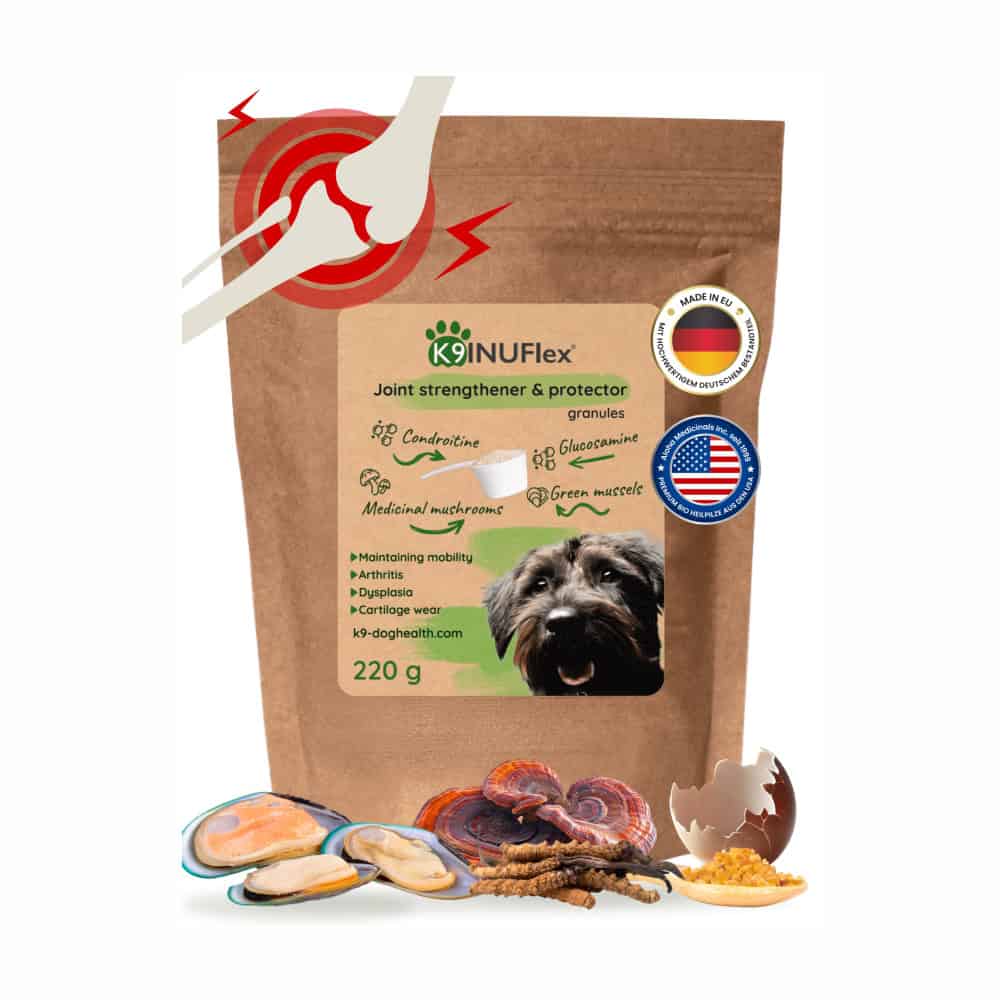Elbow dysplasia is the second most common hereditary musculoskeletal disease after hip dysplasia. It is most common in large dogs.
Description of elbow dysplasia
The essence of elbow dysplasia is that the articular surfaces of the arm bone and two forearm bones that make up the elbow joint do not fit together properly.

The mild form of elbow dysplasia presents with mild elbow arthrosis. Severe elbow dysplasia causes cartilage detachment in the elbow joint (anconeus or coronoid detachment, elbow OCD). It also leads to significant elbow joint incongruence (elbow joint step) and severe elbow arthrosis.
Grades of elbow dysplasia
Just like in hip and shoulder dysplasia, we also distinguish between two main forms in the case of elbow dysplasia:
- From a breeding point of view, a dog with dysplasia
(a dog may carry and pass on the disease, show abnormal joint structure on X-ray, yet display no symptoms or require no treatment) - Clinically dysplasic dog
(a dog who inherits the condition typically shows abnormal joint development, confirmed by X-ray imaging. The dog may move unevenly, show signs of lameness, and require treatment to improve comfort and mobility)
From a breeder’s perspective, a dog with mild elbow dysplasia may live without lameness, but it inherits the disease.
Screening and treatment
Preliminary elbow dysplasia screening occurs at 6-7 months, with final screening after one year of age. Elbow dysplasia may cause lameness in puppies aged 5 to 9 months. If not detected early, delayed surgery can lead to irreversible damage affecting the dog’s future mobility and life.
All cases of puppy lameness should be thoroughly investigated (by X-ray), and immediate action should be taken in case of severe dysplasia.
A sign of elbow dysplasia in puppyhood is recurrent lameness in the forelegs, which may improve with painkillers but does not disappear completely.
Swelling of the elbow joints may also appear. If you notice these signs, contact your veterinarian without delay. In older dogs, elbow dysplasia often causes lameness after rest. The elbow appears swollen and painful to move. Stretching and bending the joint becomes limited and uncomfortable. X-rays may show cartilage tears or detached fragments. The vet usually recommends surgery for young dogs with severe elbow issues. Older dogs often receive medication or less invasive treatment. If severe arthritis wasn’t treated surgically in youth, there’s usually no good surgical option later. Medication becomes the only choice.
If you feed and move the dog correctly, and provide the right food supplement, you can greatly reduce the chance of developing dysplasia and the aggravation of existing symptoms!




